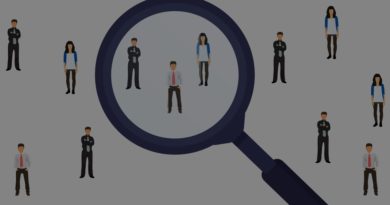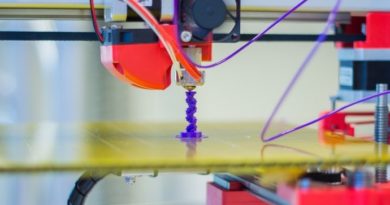Dovetailing Machine Learning With The Realm of Healthcare
Imagine you are tasked with classifying and labelling a thousand pictures as cats, dogs, and frogs Now you could either waste precious hours, or you could wield a tool that would do it for you in a matter of minutes.
Machine learning(ML) is the science of getting computers to act without being explicitly programmed. What this means is that not only will ML speedily classify all thousand animals into their categories, but also that you need not write a myriad of intrinsically entwined animal classification code as jargoned as this sentence. All that is necessary is to provide the ML algorithm with labelled examples of cats, dogs, and frogs for it to make rules of classification.
The closest to concise I can describe machine learning’s purpose is that it is a “thing-labeller”. Do not undermine its importance, however.
Machine learning has had applications ranging anywhere from summarising lengthy documents to predicting the very unpredictable phenomenon of lightning upto 30 minutes before it has struck. Virtual personal assistants, product recommendations and email spam filtering are the representative few of ML’s several capabilities.
Another crucial application of machine learning is that in healthcare. This sector, whose progress is dictated by trials and experimentation, has caught a break post the advent of machine learning. Now, you can detect skin cancer upto an accuracy of 99.77% just by utilising machine learning.
Medical officer and physician Ed Corbett believes,“The value of machine learning in healthcare is its ability to process huge data sets beyond the scope of human capability and…reliably convert analysis of that data into clinical insights that aid physicians…ultimately leading to better outcomes, lower costs of care and increased patient satisfaction.”
Diseases and conditions, which are otherwise hard to diagnose until the late symptomatic stages, can easily be predicted solely by factors like the patient’s age, family history and vitals. ML algorithms identify the conditions of previous patients diagnosed with the disease and predict the likeliness of having the disease based on the input parameters. The “thing-labeller” can determine if you will have a disease even before the symptoms manifest.
In a world desperate for a revamp in healthcare, the possibilities for machine learning are endless.
By OMOTEC Students: Kareena Shankta & Tvisha Gala





